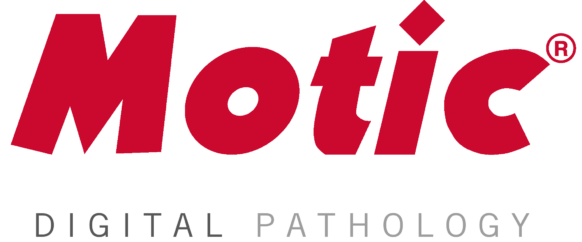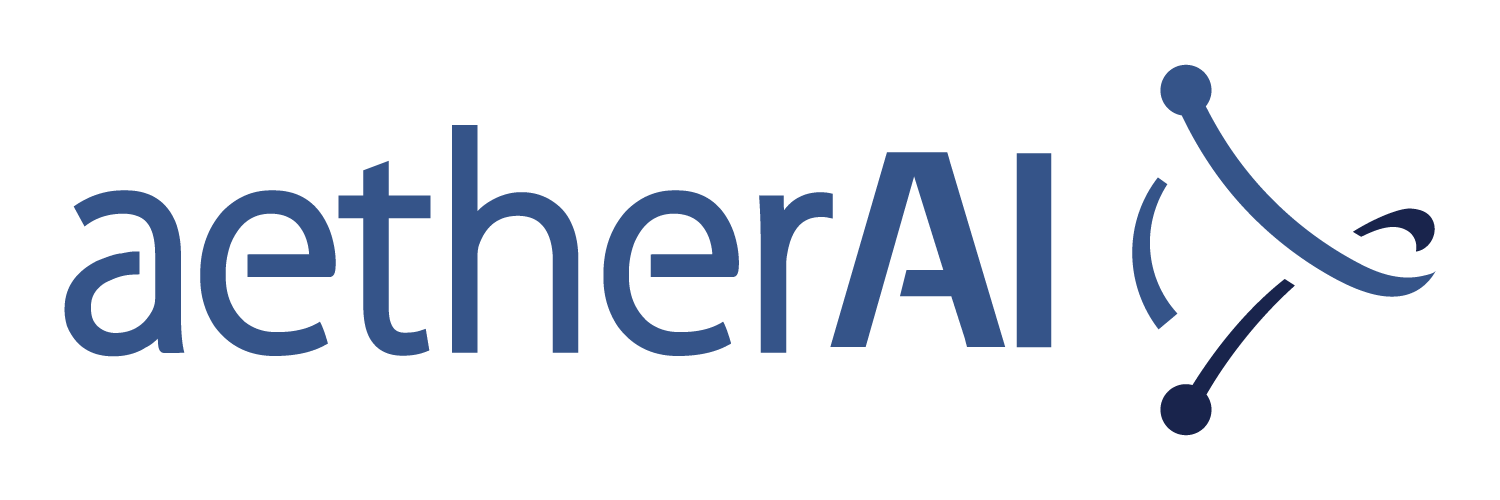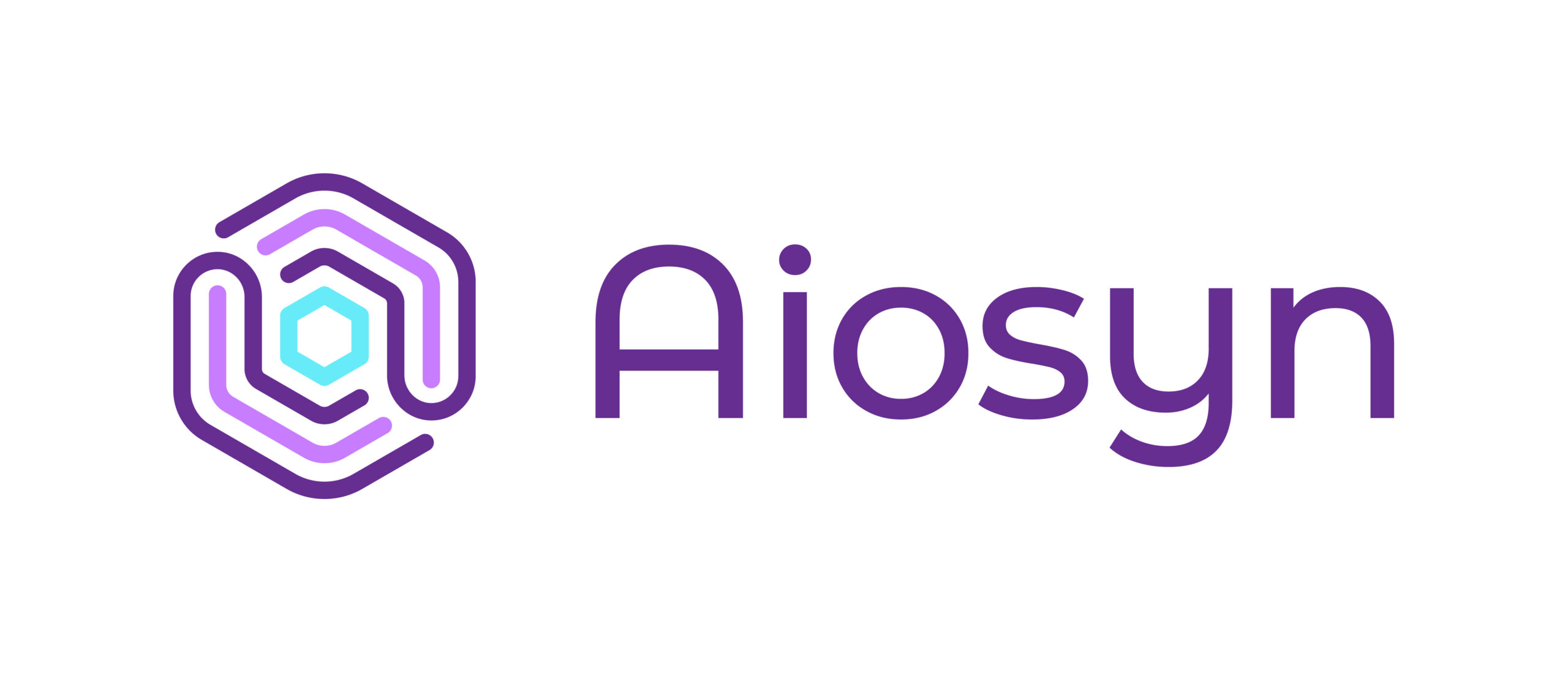The result is a portable microscope that can send annotated images of blood cells to labs or medical centers for analysis. The final product will weigh less than a pound and probably cost about $50 dollars according to Dr. Fletcher.
The project was developed with the Telemedicine program at UC Davis and with industry partners as well as with engineers and clinicians. The research is supported by the Blum Center for Developing Economies which has already begun to use cell phones to collect medical data at sites in Africa. Microsoft Research has also provided financial support.
In the future, patients will prick themselves for a blood sample, insert the sample into the microscope, and push a button to send the microscopic image to the lab. After the lab technicians have done the blood count and other tests, the lab will then send the relevant information back to the patient and to the patient’s doctor.
The device will not only improve the lives of patients in the developed world but also help get information about patients in remote regions or rural areas to specialists at inaccessible medical centers and can help to combat diseases like malaria. Since worldwide anti-malaria projects are being backed by the Bill & Melinda Gates Foundation and other major funders, the device would be able help in their projects.
The microscopes are not be limited to imaging blood cells, and can handle other specimens. Cholera would be diagnosable, along with urinary tract infections and sickle cell anemia, and could also be used so that chemo patients would be able to find out whether or how soon they would need a transfusion.
The researchers are continuing to improve the device and want to add an internal light source so that samples can be illuminated for still clearer images. In addition, the group is developing software that will protect patient confidentiality while allowing users to annotate the micrographs and submit them automatically in a standardized format that will mesh with other record keeping formats.
The research team is now perfecting the prototype and testing the device while developing an economic model for selling it here in the U.S. The group hopes to have the device ready and out in the field within the next year. Once its niche is established, the technology could be shifted to developing nations.
































